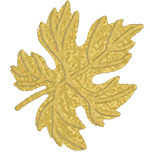
We believe that quality starts in the vineyards with careful attention to detail and nurturing our old vines. Our world-class team of winemakers contributes their global expertise to the Frank family tradition of excellence.

Once harvested, the majority of our white grapes will be immediately pressed in a state-of-the-art horizontal pneumatic press where we can adjust the pressure for each press. Some grapes, like Gewurztraminer, may have a few days of skin contact before pressing.
Once pressed, the grape must be fermented in temperature-controlled stainless steel tanks with selected German yeasts. The goal of our white wine program is to allow the grape variety to express itself and the place it’s grown.
We typically avoid any malolactic conversion, even for Chardonnay. Only our Dr. Konstantin Frank Chardonnay and our Hilda Chardonnay will receive barrel fermentation and barrel aging.
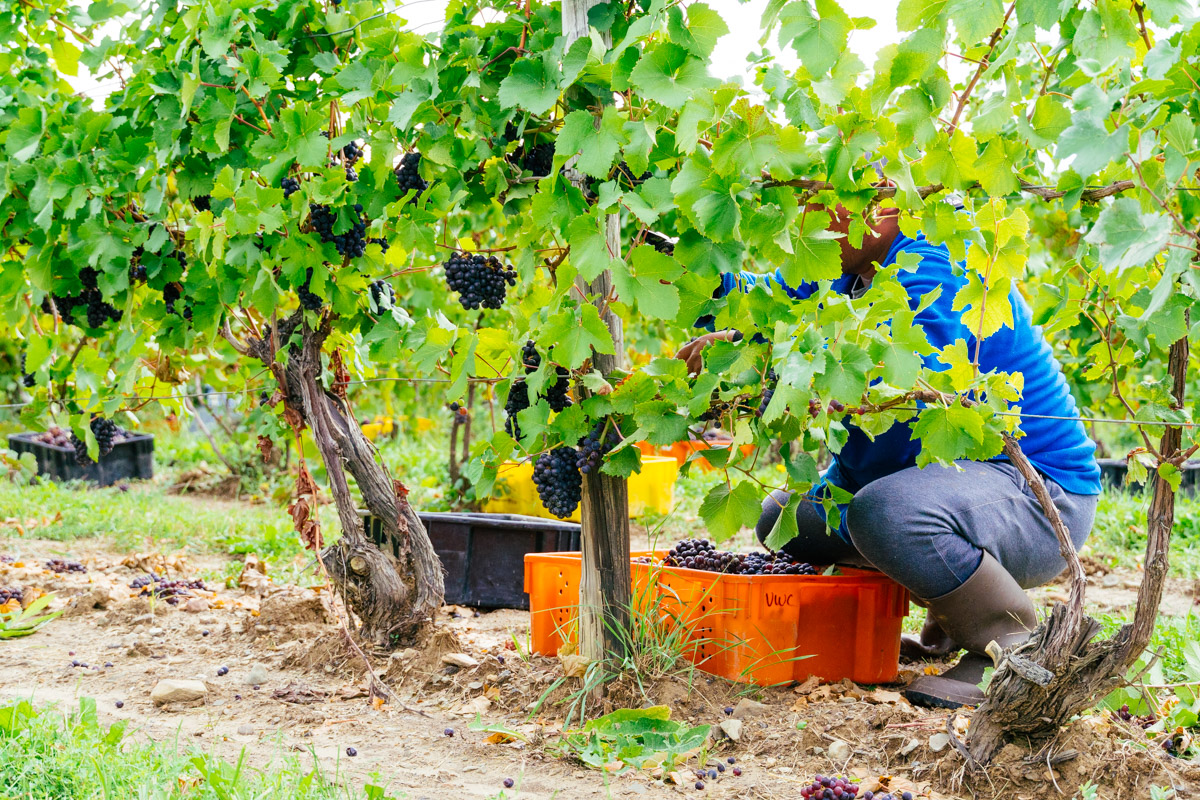
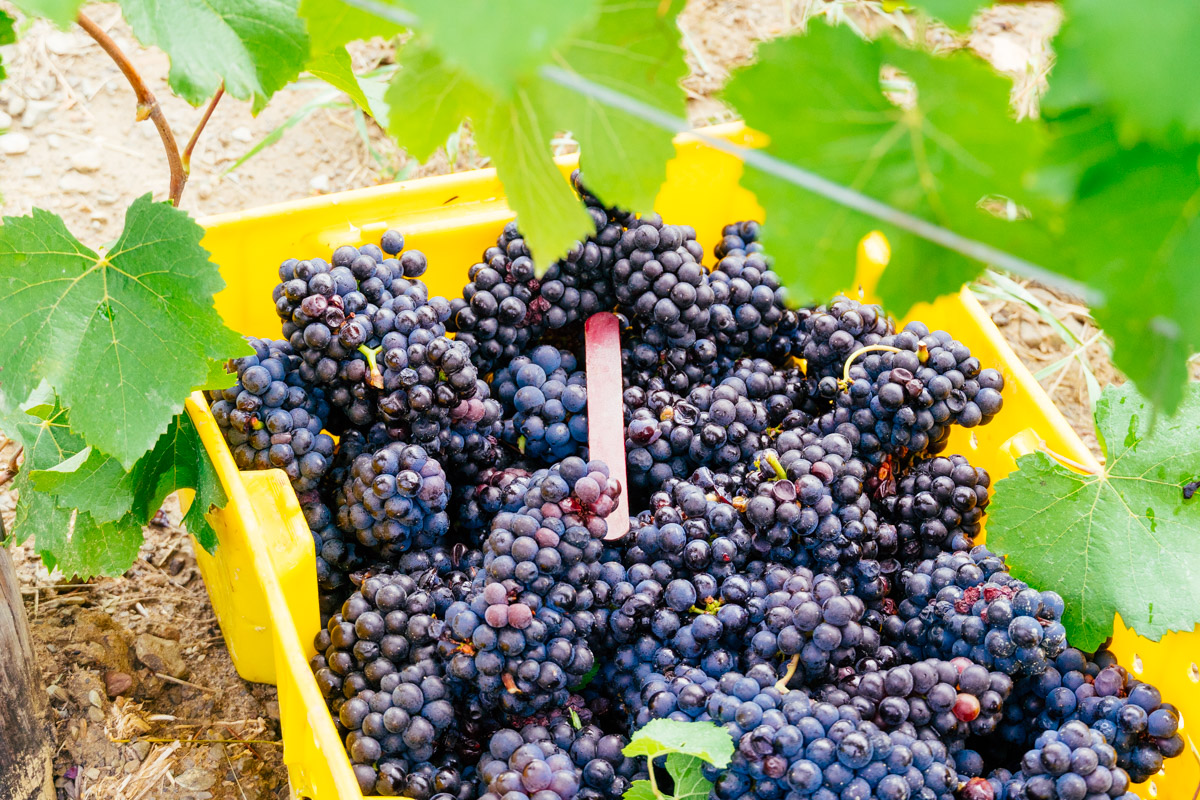

Once harvested, our crushed red grapes will spend a few days on a cold soak before starting fermentation. Fermentation happens during late fall into early winter in large open-top vats. During fermentation, we will manually punch down the cap three times per day. Fermentation will last 2 to 4 weeks depending on the grape and vintage.
Once fermentation is complete, our reds will enter our barrel program.
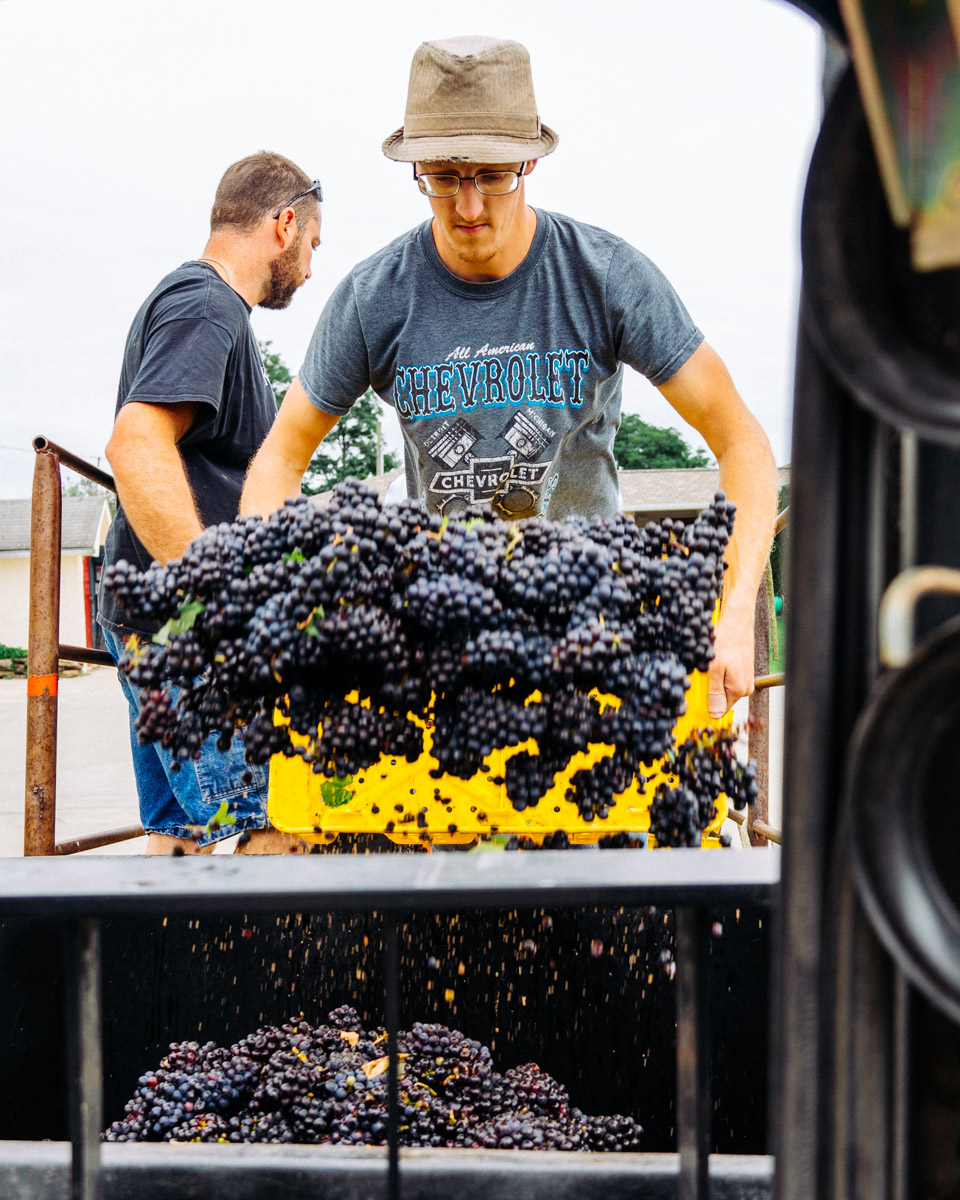
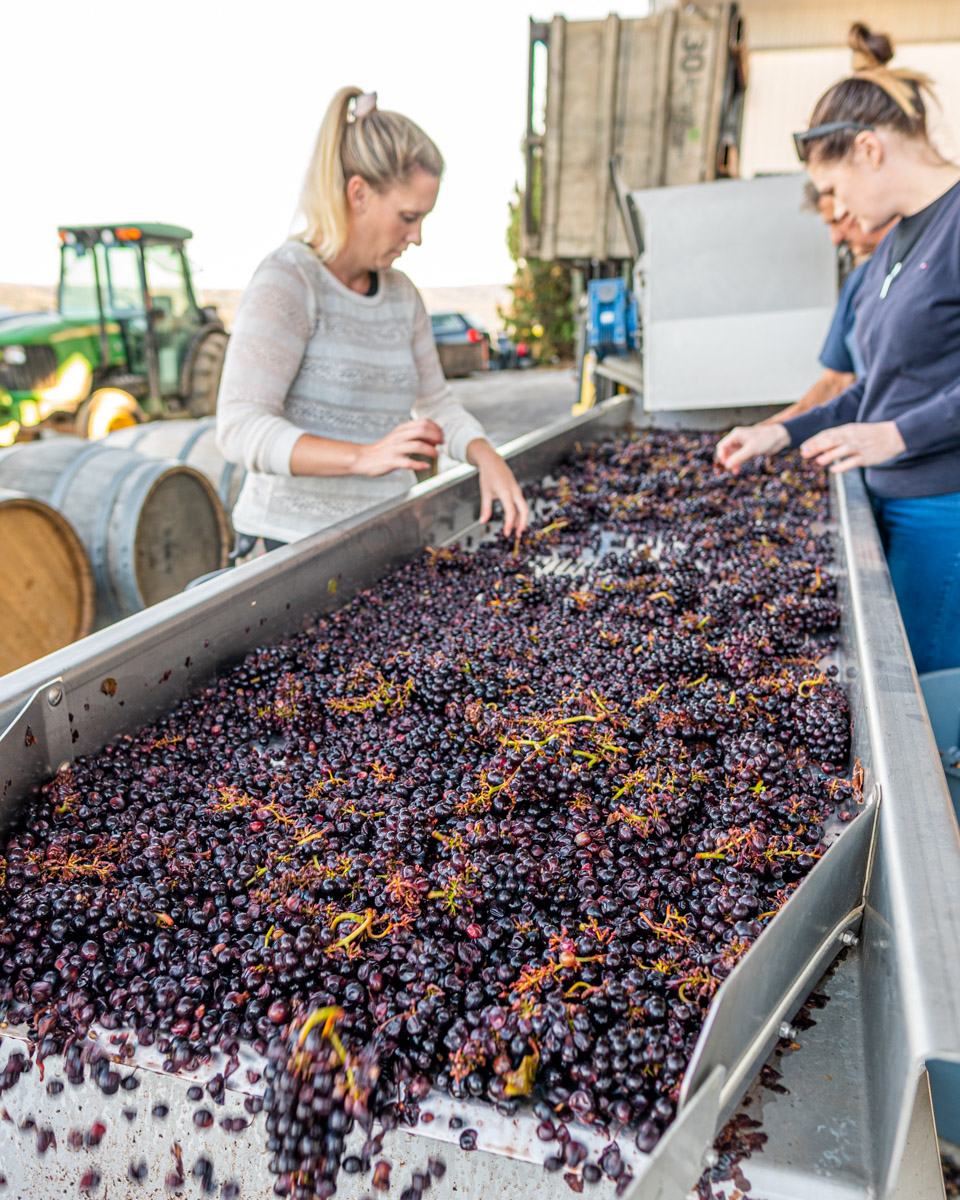

Our barrel program consists of a majority of French oak barrels with a few Hungarian barrels. We want the grape variety and our terroir to express itself so we prefer to work with barrels that are 2-to-4-years-old. We purchase single-use barrels from top California estates and a dozen new barrels per year for our most exclusive wines Hilda Chardonnay and Lena Reserve.


The story of our sparkling wines begins in 1980 when second-generation Willy Frank purchased Chateau Frank. Built-in 1886, the home and cellar Willy and his wife Margrit purchased was once known as the Western New York Wine Company through prohibition. The property was built by Philip Argus, a German immigrant, of fieldstone from the local area fields. The property is on the Nation Registry of Historical Places.
Willy and Margrit Frank purchased the home and the plot of land next to the home in 1980 to create the first Méthode Champenoise sparkling wine made from vinifera grapes in the Finger Lakes. The vineyards were planted in 1980 with varieties and clones specifically used in Champagne, France. In 1985, Willy amazed the industry by releasing the region’s first-ever Méthode Champenoise sparkling wine from Vinifera. In 2020 we are celebrating our 35th anniversary.
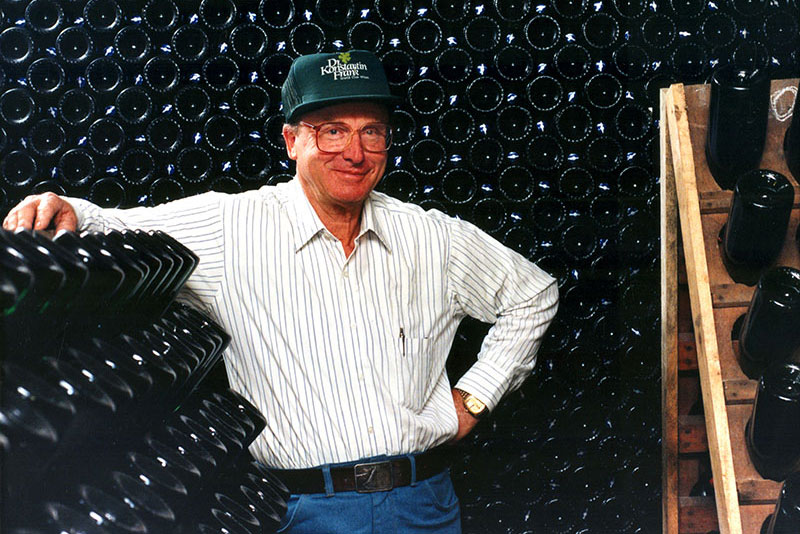
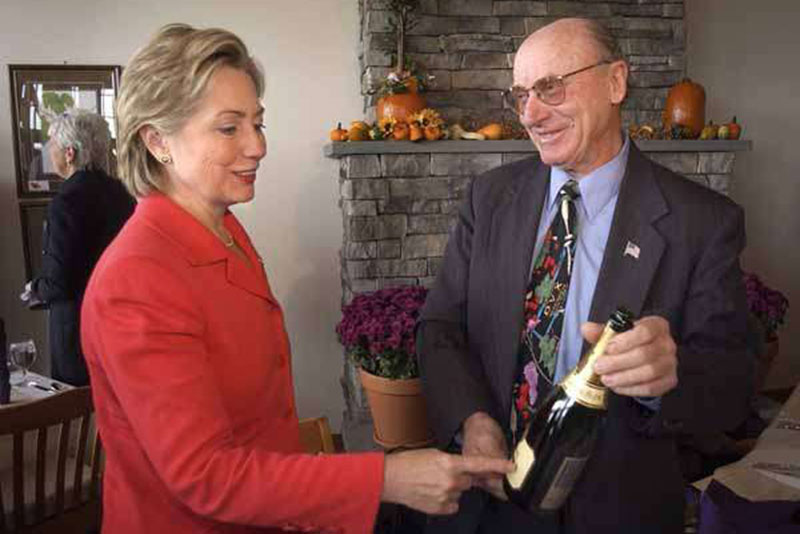
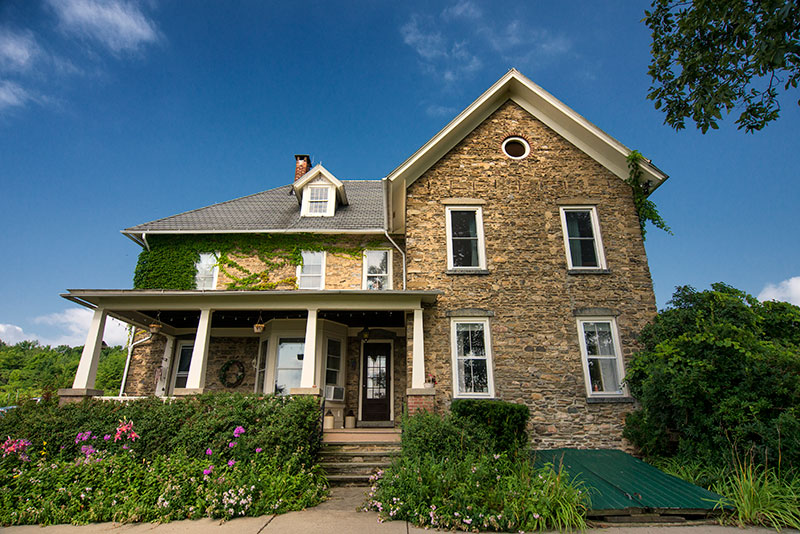
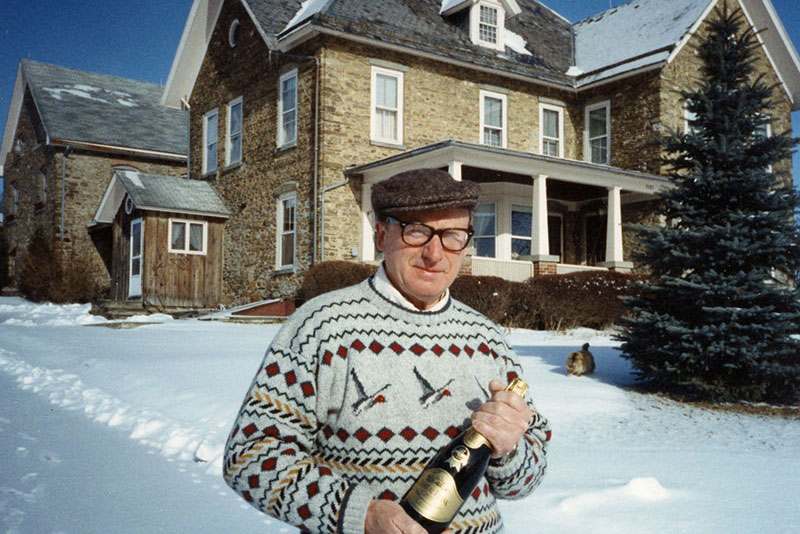

Our Méthode Champenoise sparkling wines focus on producing the finest and most complex sparkling wines in America. Using century-old traditions, most of our sparkling winemaking practices are still carried out by hand.
It starts in the vineyard with the original vines that Willy Frank planted on Keuka Lake in 1980. The grapes for our sparkling wine production are picked first to keep sugars low and acidity levels elevated, typically in the first half of September.
Extreme care is used in handling the grapes to avoid any excessive crushing or bruising. We hand-harvest all the grapes in small bins to avoid crushing. Only the first most delicate pressing, called the Cuvee, is used. The base wines will go through traditional fermentation and be bottled the following spring.
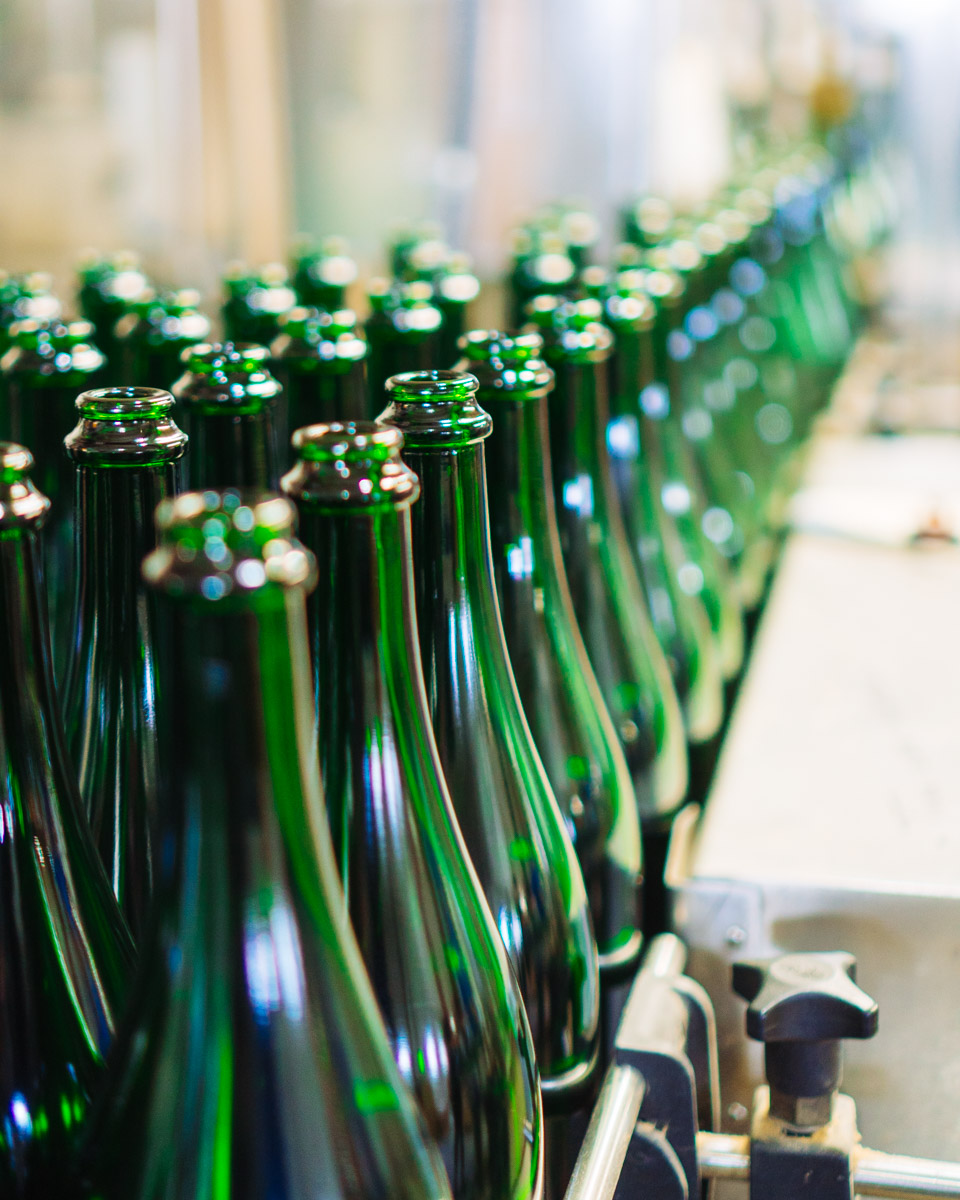
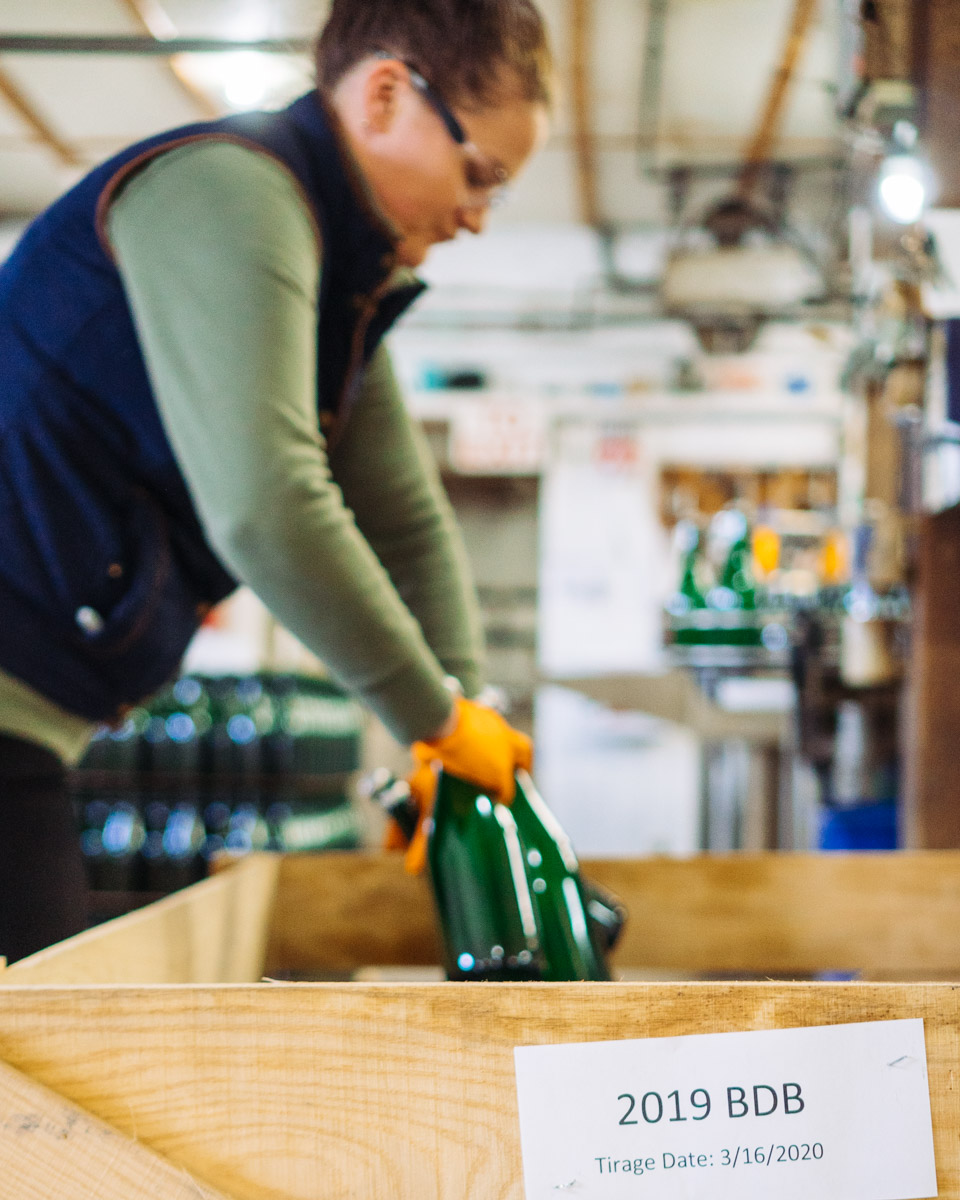
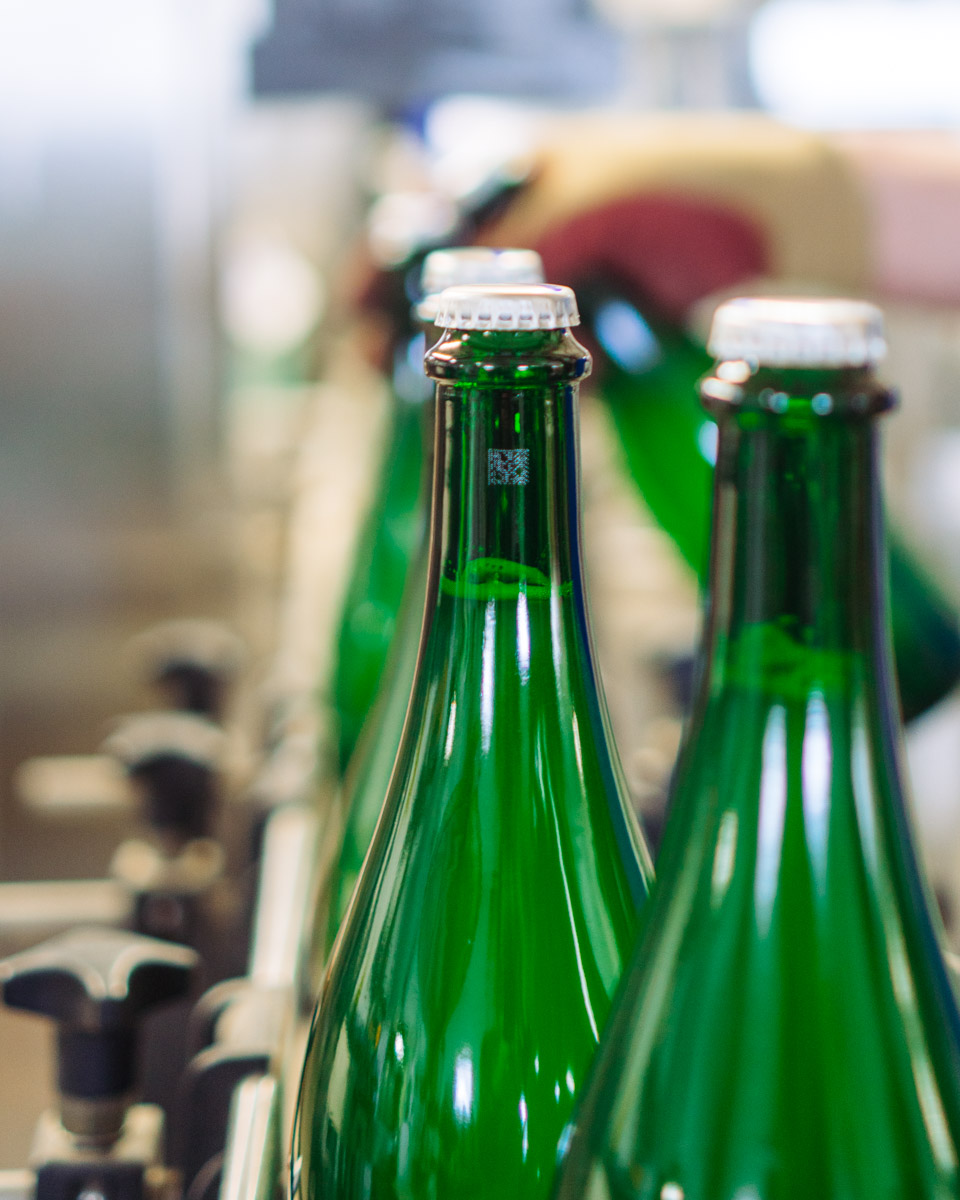
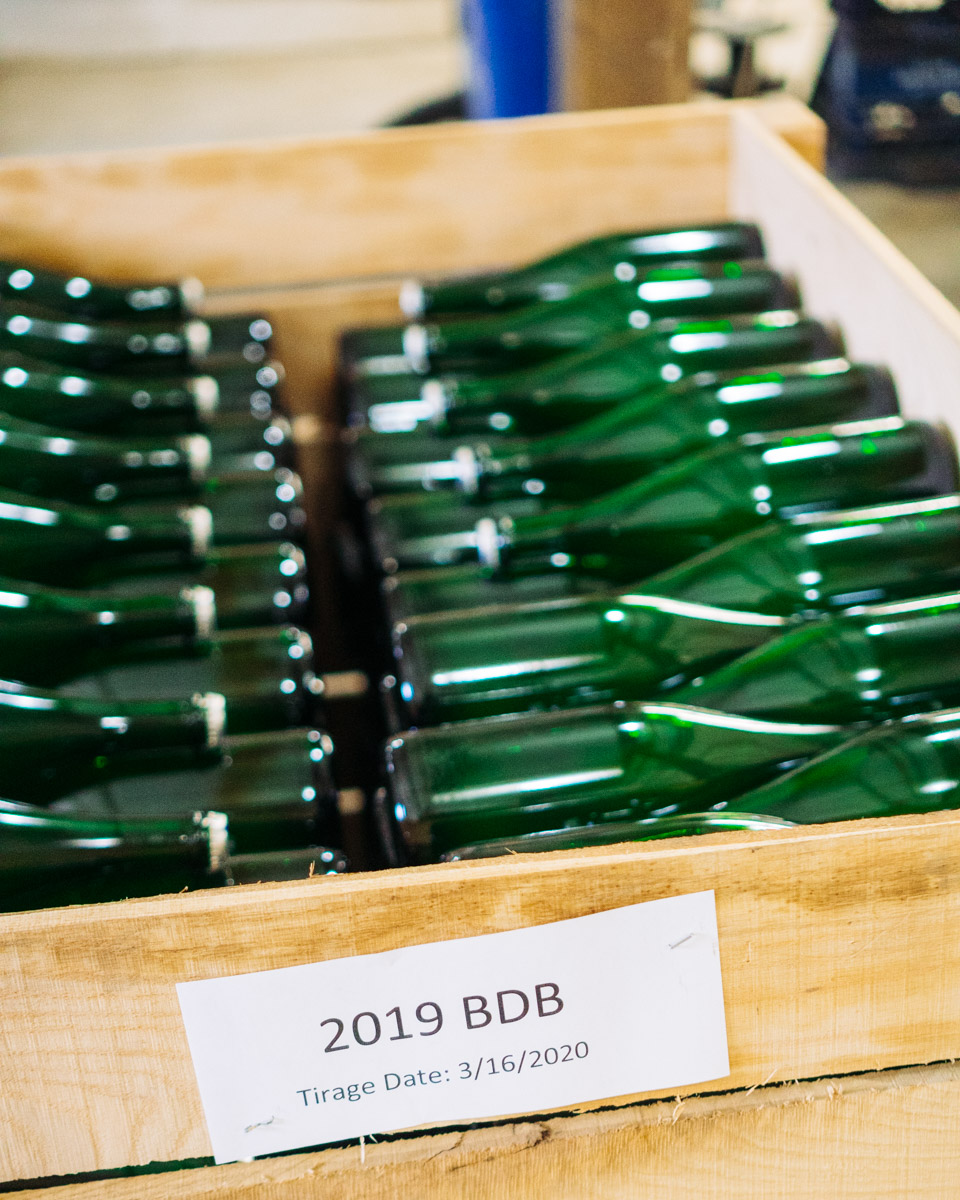

Our Méthode Champenoise sparkling wines are aged on their lees in the underground cellar at Chateau Frank. This cellar, which was originally used in the late 1800s, maintains a constant temperature and humidity throughout the year offering ideal conditions for long-term aging. Our Blanc de Blanc and Blanc de Noirs will age 3 to 4 years, Brut styles 2 to 3 years, and our Célèbre wines 1 year.
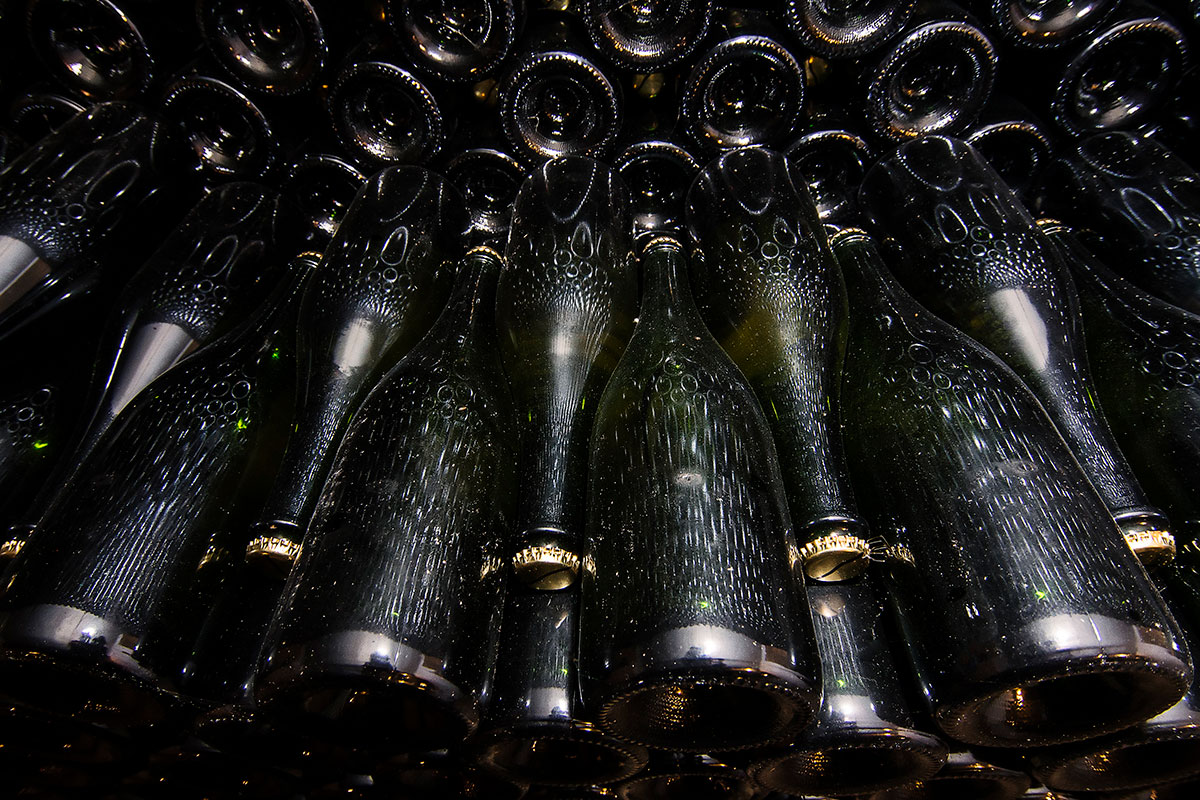
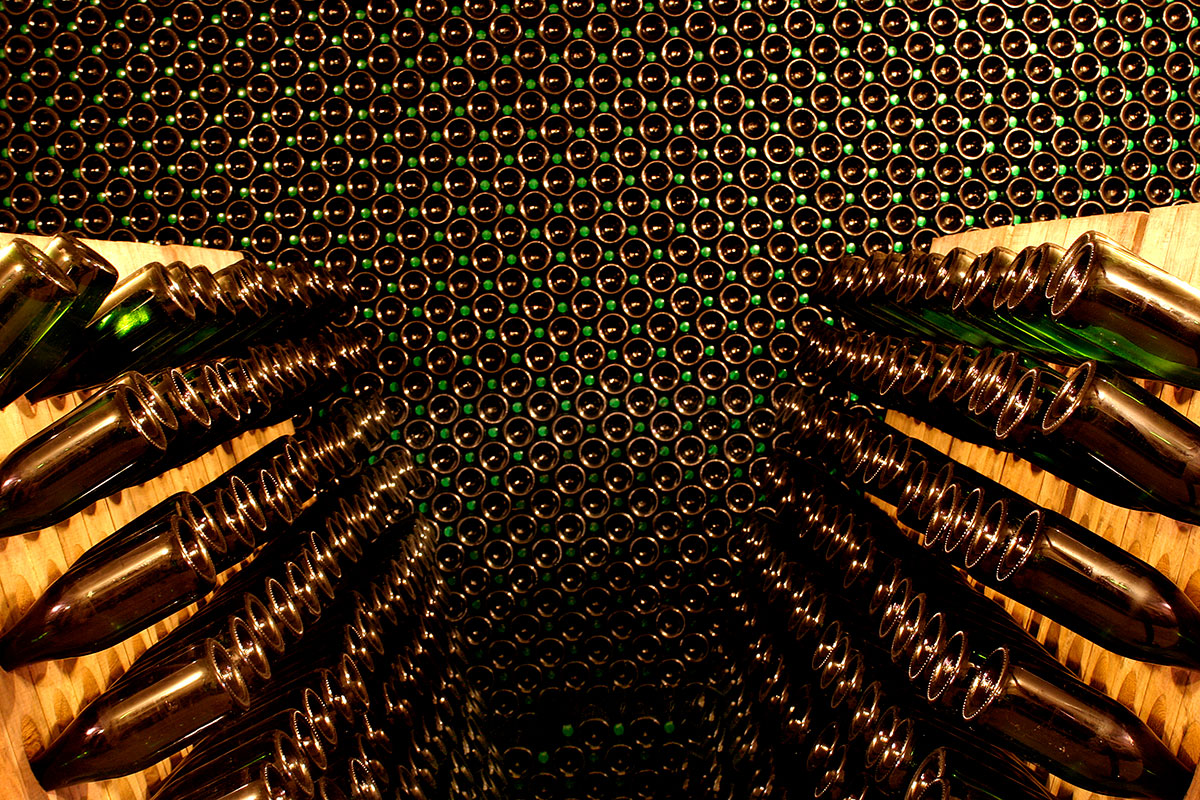
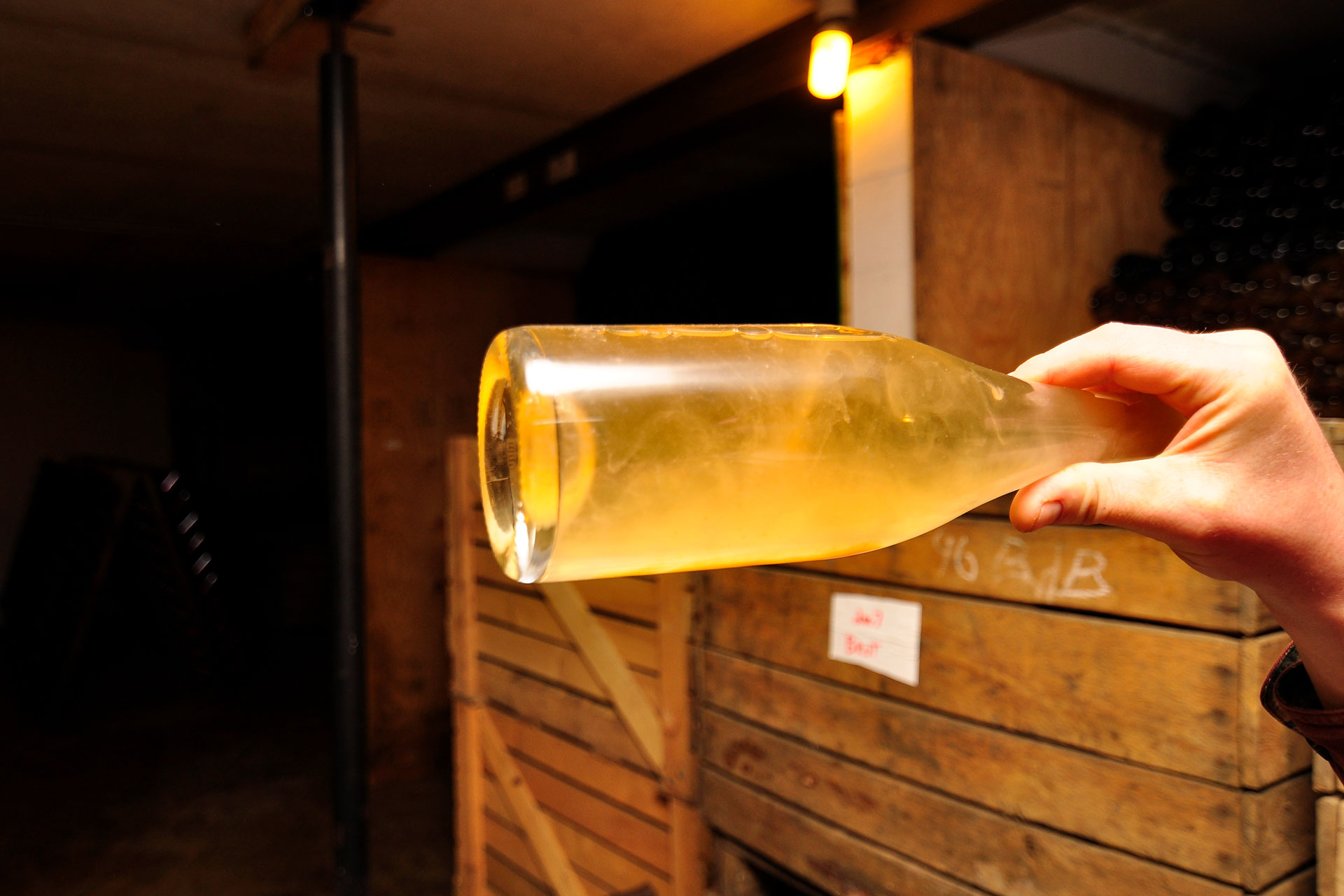

Once aging is complete and the wines have been riddled, the neck of each bottle is frozen. When the cap is removed, called disgorgement, the leftover yeast sediments are removed within the ice plug.
Each bottle is individually disgorged, corked, crowned, and labeled by hand. The month of disgorgement is listed on the back of each bottle.
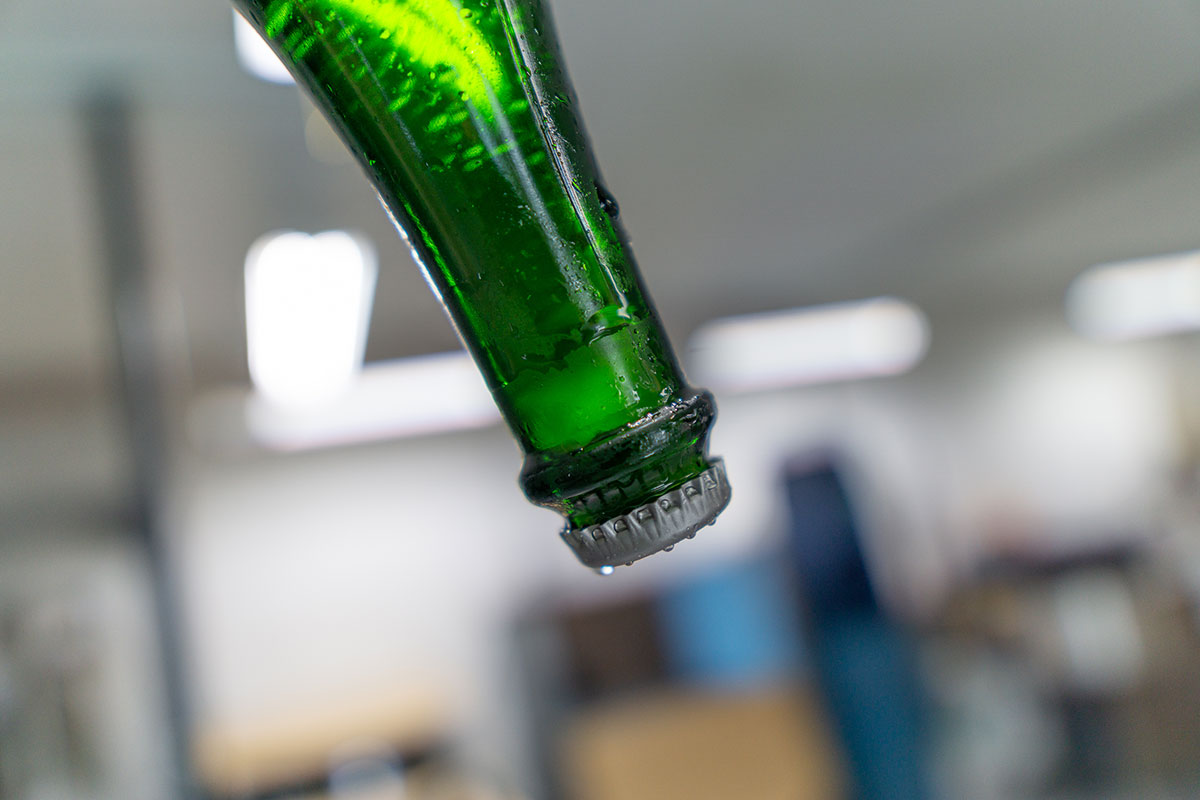
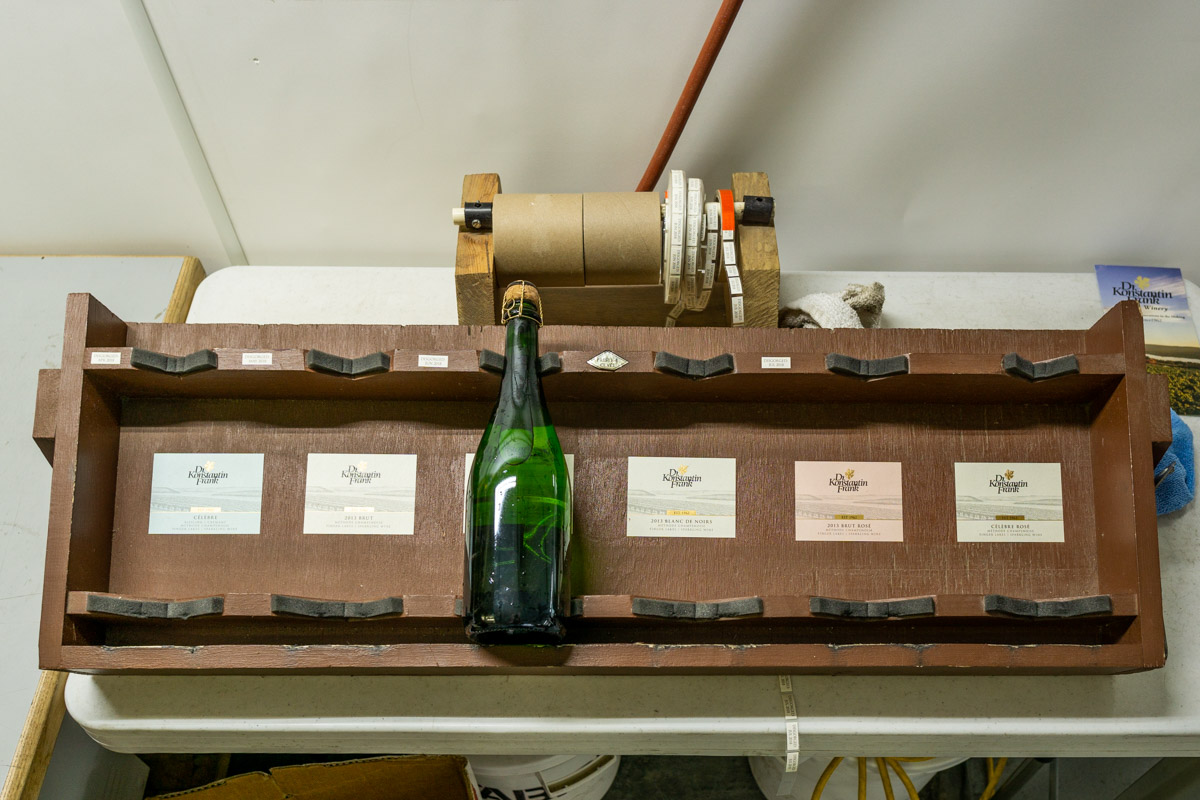

While steeped in tradition, each generation of the Frank family innovated all aspects of our winery. Today we continue to innovate by utilizing unique winemaking techniques such as skin-contact white winemaking, winter fermentation techniques, and amphora and clay aging.
When Dr. Konstantin Frank began planting grapes on the west side of Keuka Lake in the late 1950s, he made sure to plant the ancient Georgian varieties Rkatsiteli and Saperavi. Konstantin viewed these varieties as treasured links to his homeland. Over the years, these ancient varieties have helped set Dr. Frank’s winemaking portfolio apart. With the release of our Amber Rkatsiteli, our winemaking team aims to take Rkatsiteli to a whole new level by embracing one of Georgia’s most traditional winemaking techniques.
Similar to a wine barrel, amphorae cause micro-oxygenation, which concentrates the wine. And since an amphora is shaped like an oval, it keeps the wine and leaves constantly moving and in suspension. Interestingly, an amphora is usually toasted inside 3-4 times, which creates a layer like beeswax. This beeswax-like layer adds additional protection to the wine ensuring that the wine does not seep through the porous clay of the amphora.
Unlike a wine barrel, an amphora does not impart any flavors to the wine. What an amphora does provide, however, is roundness, mouthfeel, and concentration. An amphora softens the flavors of Rkatsiteli as well as its tannins. In summation, most of the flavors in the wine come from the grape itself, but an amphora adds to the flavors’ concentration and complexity.
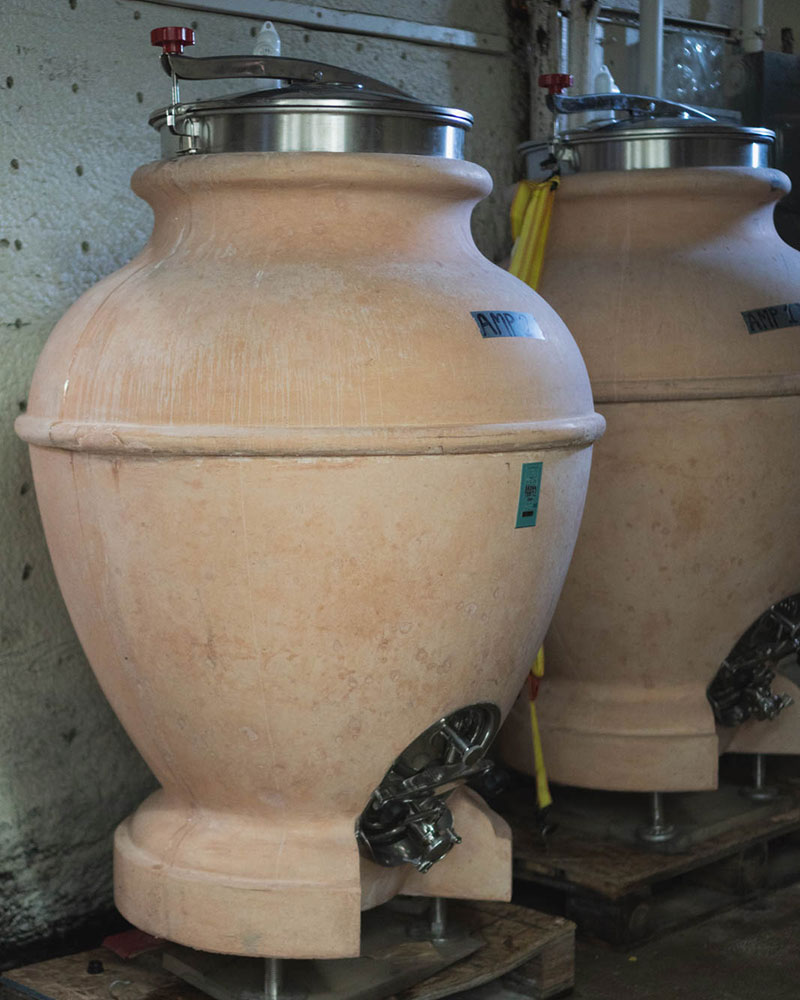
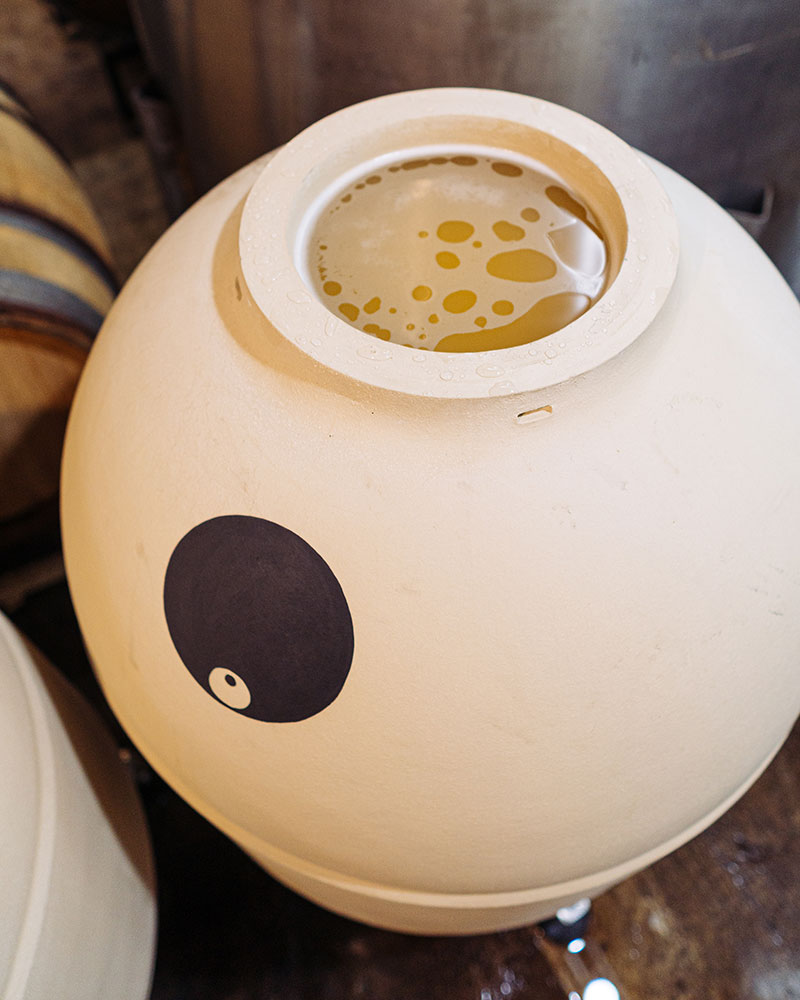

Email list members receive first access to new releases, winery news, and exclusive offers.
Join our email list and stay connected with updates on new releases, special offers, and events.